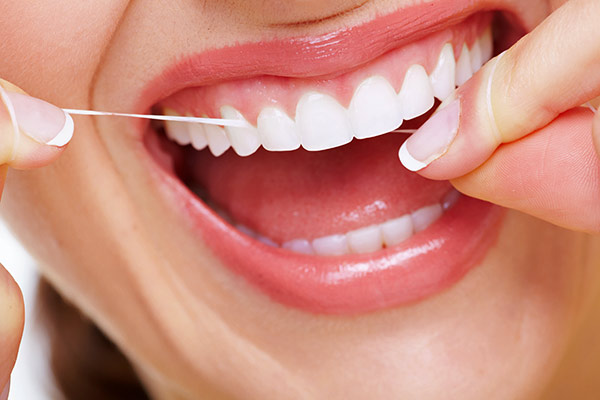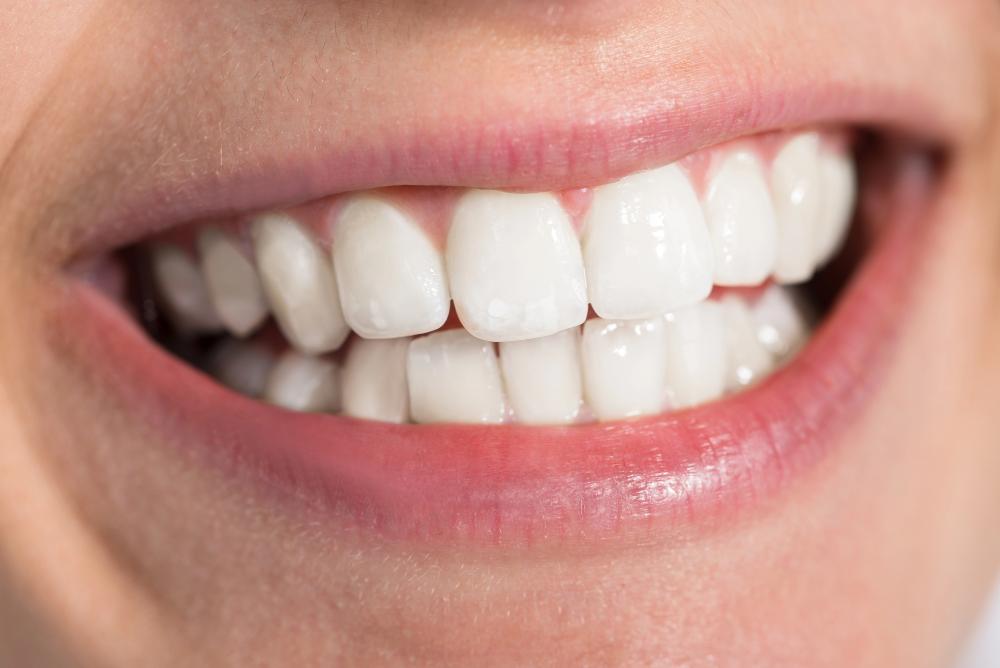Discover practical and effective tips to prevent teeth shifting while using Invisalign. This blog offers essential advice for maintaining your alignment progress, ensuring your treatment is successful, and keeping your smile perfect. Whether you're new to Invisalign or a seasoned user, these insights will help you achieve the best results.
Key Takeaways
- Wear your Invisalign aligners for the recommended hours daily to ensure effective treatment.
- Proper care and hygiene of your aligners are crucial for maintaining their effectiveness and preventing oral health issues.
- Wearing retainers as directed post-treatment is essential to maintain the results achieved with Invisalign.
- Consult your orthodontist immediately if you notice any significant teeth shifting to address issues promptly.
- Avoid activities that may cause dental injuries while wearing your aligners to prevent any disruption in your treatment.
Understanding Teeth Shifting During Invisalign Treatment
Why teeth may shift even with Invisalign
Teeth shifting can occur even during Invisalign treatment due to several factors. The aligners apply constant pressure to move teeth into their desired positions, which can sometimes cause minor mobility. This is a normal part of the process as teeth adjust to new positions. However, if not monitored properly, this can lead to unwanted shifts.
The role of compliance and proper usage
Compliance with wearing your Invisalign aligners as prescribed is crucial. Aligners should be worn for the recommended 20-22 hours per day. Failure to do so can result in teeth shifting back to their original positions. Proper usage also includes ensuring that the aligners fit well and are not damaged.
Common challenges
Some common challenges that can lead to teeth shifting during Invisalign treatment include:
- Inconsistent wear: Not wearing aligners for the recommended hours.
- Improper fit: Aligners that do not fit well can fail to apply the necessary pressure.
- Damage to aligners: Cracked or broken aligners can compromise the treatment's effectiveness.
Addressing these challenges promptly with the help of your orthodontist can prevent unwanted teeth shifting and ensure successful treatment outcomes.
Best Practices for Wearing Your Invisalign Aligners

Wearing your Invisalign aligners correctly is crucial for achieving the desired results. Here are some essential dental health tips to help you get the most out of your treatment.
Aligners for the recommended hours
Proper wear time is essential for the success of your Invisalign treatment. To ensure that your teeth are properly aligned, it is important to wear your aligners for approximately 22 hours each day. This means that you should limit the amount of time you remove them for eating, drinking, and socializing.
Care for your aligners
Keeping your Invisalign aligners clean is vital to maintain their clear and transparent appearance and to prevent discoloration. Here’s how to properly clean your aligners:
- Rinse your aligners with lukewarm water.
- Brush them gently with a soft toothbrush and clear, antibacterial soap.
- Soak them in a denture cleaner or the cleaning solution provided by your orthodontist.
Aligner discomfort and fit issues
It’s important to take care when removing and replacing your Invisalign aligners to ensure that the treatment progresses as planned. It’s recommended to do this in a private space, such as a bathroom, where you can use a mirror to help you position the aligners correctly. If you experience any discomfort or fit issues, consult your orthodontist to address these concerns promptly.
Maintaining Your Progress: Retainers and Post-Treatment Care
Importance of wearing retainers
After completing Invisalign treatment, wearing orthodontic retainers should become a regular part of your routine to maintain the desired alignment of teeth. Initially, you should wear them every day and night for the first couple of months. Eventually, you may transition to wearing them only at night. This practice is crucial for Invisalign maintenance and ensuring your teeth stay in their new positions.
Types of retainers
There are different types of retainers available, each serving a unique purpose in orthodontic care:
- Fixed retainers: These are bonded to the back of your teeth and provide a permanent solution.
- Hawley Retainers: Made of a combination of metal wires and acrylic, these are removable and adjustable.
- Essix Retainers: Clear and removable, these are similar in appearance to Invisalign aligners.
- Vivera Retainers: Also clear and removable, these are custom-made and provided in sets for convenience.
Post-treatment oral hygiene
Maintaining excellent oral hygiene is essential after Invisalign treatment. Here are some tips to follow:

- Brush and floss regularly: This helps keep your teeth healthy and in place.
- Remove retainers before eating or drinking anything other than water: This prevents damage and staining.
- Regular dental check-ups: Visit your dentist every six months or as recommended to monitor your progress and address any issues.
- Follow your dentist’s advice: Adhering to professional guidance ensures long-term success in maintaining your smile.
By following these steps, you can effectively maintain your progress and enjoy the benefits of your Invisalign treatment for years to come.
Recommended Article: Does Invisalign work with missing teeth
Addressing Common Issues and When to Seek Professional Help
Identifying signs of shifting
Noticing a shift in your teeth can be concerning. Some signs to watch for include:
- Gaps forming between teeth that were previously aligned
- Teeth that feel loose or mobile
- Changes in your bite or difficulty chewing
When to consult your orthodontist
If you observe any of the signs mentioned above, it's crucial to consult your orthodontist promptly. Delaying a visit can lead to more significant issues such as changes in your bite and further misalignment. Visiting the Top Invisalign provider in Chelsea ensures you receive expert guidance and necessary adjustments to keep your treatment on track.
Options for corrective measures
If teeth shifting occurs, there are several corrective measures that your orthodontist might recommend:
- Refinement aligners: Additional sets of aligners to fine-tune your teeth positioning.
- Bonded retainers: Permanent retainers that are fixed behind your teeth to prevent movement.
- Additional treatments: In some cases, other orthodontic treatments may be necessary to correct significant shifts.
By staying vigilant and seeking professional help when needed, you can ensure the success of your Invisalign treatment and maintain your beautiful smile. Addressing common orthodontic issues early can prevent more serious complications down the line. If you're experiencing persistent problems or simply want to ensure your smile is in expert hands, don't hesitate to seek professional help. At Smilebar, Boston Invisalign orthodontist, we offer cutting-edge 3D technology and a luxury boutique experience to transform your smile. Book your free consultation today!
Conclusion
Invisalign is a powerful tool for achieving a beautifully aligned smile, but can Invisalign fix crooked teeth? Absolutely! These clear aligners gradually shift your teeth into place, offering a discreet and comfortable alternative to traditional braces. However, success depends on diligent care and adherence to best practices to prevent teeth from shifting. By understanding the reasons behind misalignment, wearing your aligners as recommended, and maintaining proper post-treatment care, you can ensure lasting results. Whether you're just starting with Invisalign or nearing the end of your treatment, these essential tips will help you maintain progress and enjoy a perfect smile for years to come.
Frequently Asked Questions
What are some ways to prevent teeth from shifting after Invisalign treatment?
To prevent teeth from shifting after Invisalign treatment, it is essential to wear your retainers as prescribed, practice good oral hygiene, and avoid activities that could lead to dental injuries. Additionally, follow post-treatment care instructions and consult your orthodontist if you notice any changes.
How long do I need to wear my Invisalign aligners each day?
For optimal results, you should wear your Invisalign aligners for 20-22 hours per day. This ensures that your teeth are consistently being guided into the correct position.
What should I do if my aligners cause discomfort?
If your Invisalign aligners cause discomfort, try using orthodontic wax to cover sharp edges, or consult your orthodontist for adjustments. Mild discomfort is normal initially, but persistent pain should be addressed by a professional.
Why is it important to wear retainers after Invisalign treatment?
Wearing retainers after Invisalign treatment is crucial to maintaining the alignment of your teeth. Without retainers, your teeth can shift back to their original positions, undoing the progress made during treatment.
What are the different types of retainers available?
There are mainly two types of retainers: fixed (bonded) retainers and removable retainers. Fixed retainers are bonded to the back of your teeth, while removable retainers can be taken out for cleaning and eating.
When should I consult my orthodontist during Invisalign treatment?
You should consult your orthodontist if you notice significant discomfort if your aligners are not fitting properly, or if you observe any unexpected teeth shifting. Regular check-ups are also essential to monitor progress and make necessary adjustments.
- https://www.healthline.com/health/teeth-shifting
- https://pubmed.ncbi.nlm.nih.gov/38725817/
- https://www.nidcr.nih.gov/health-info/oral-hygiene
%202.svg)
.png)


